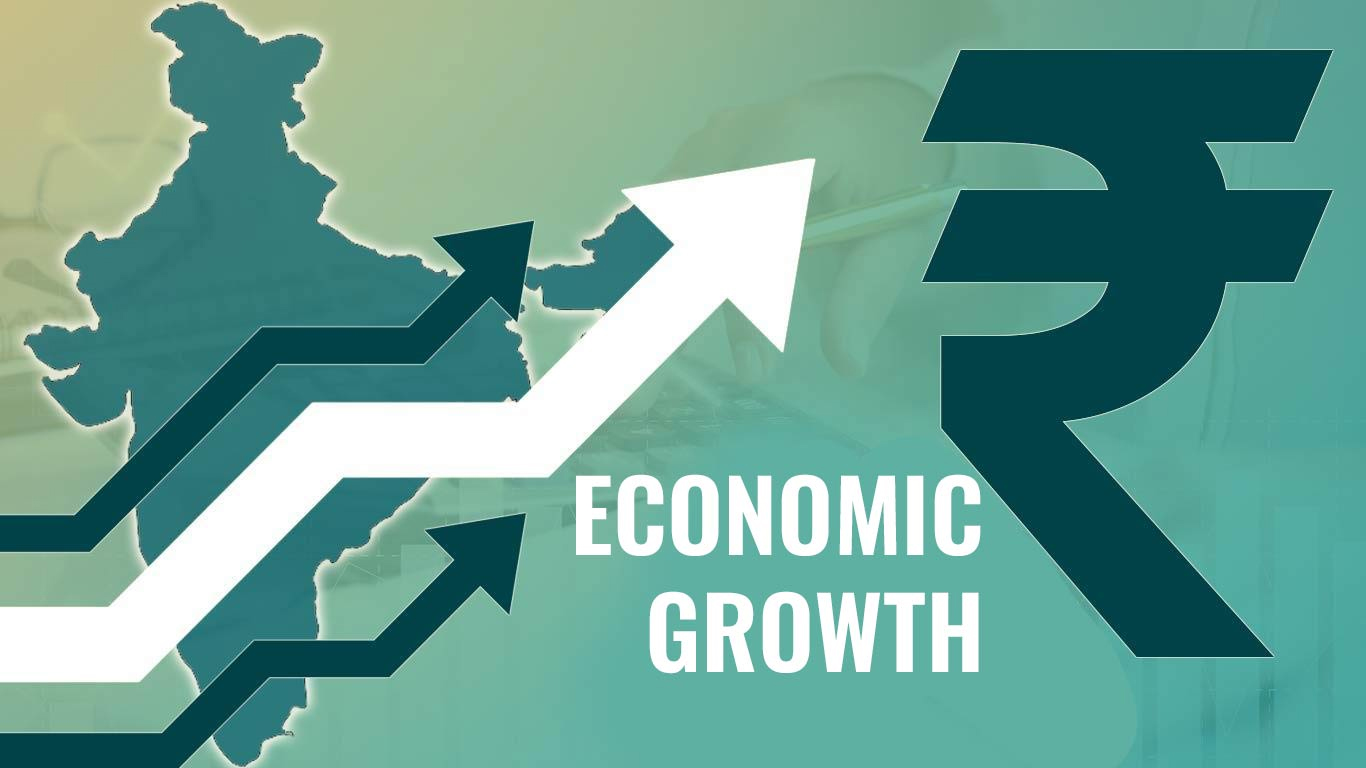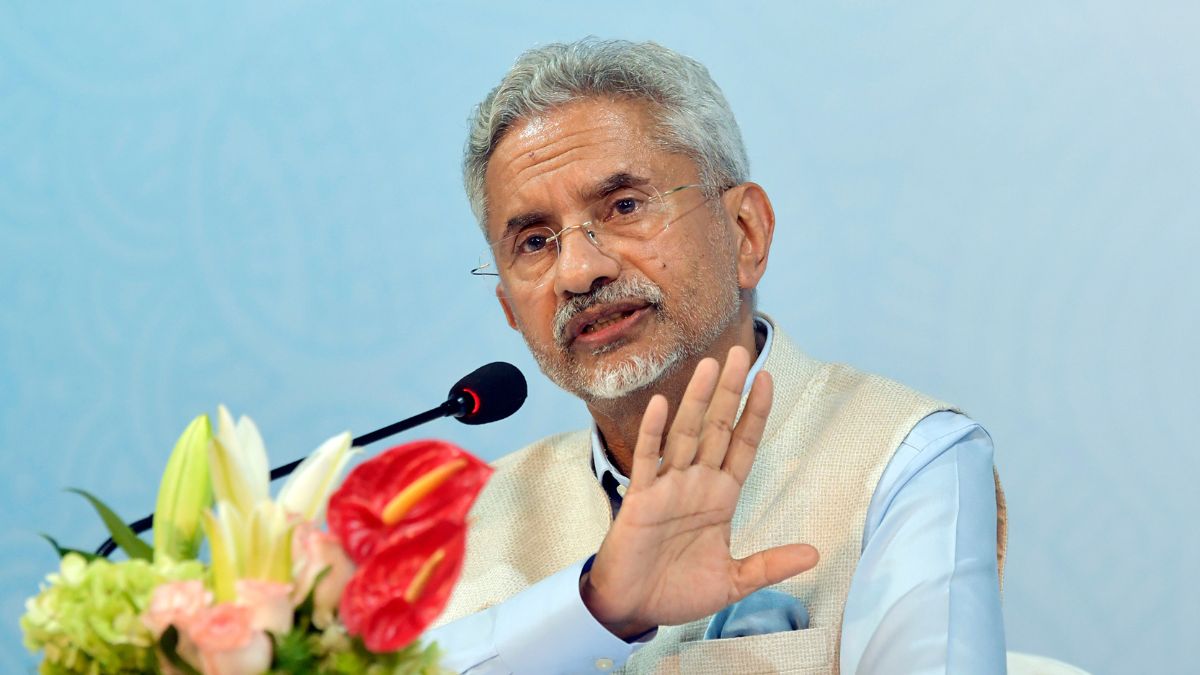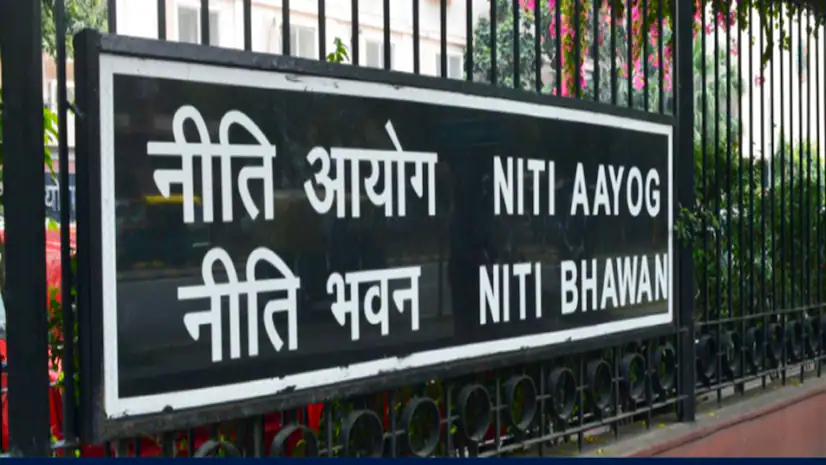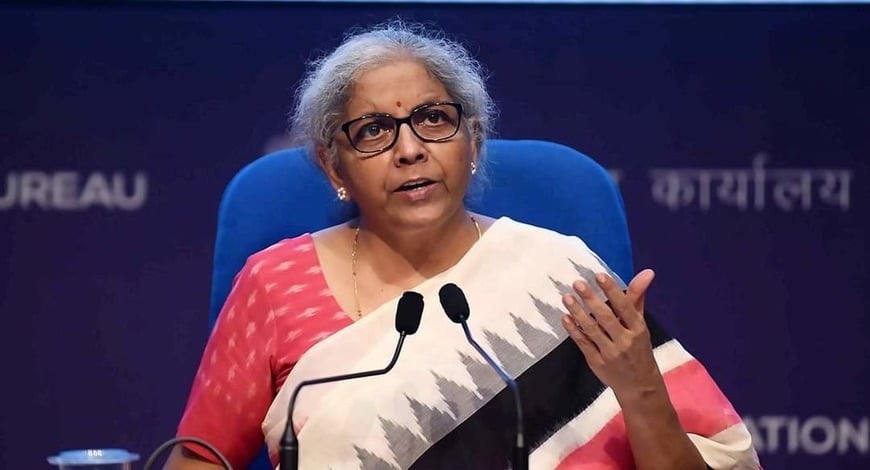Funding remains a strength for PNB as customer deposits constituted about 91 per cent of total funding in 9MFY24 by our estimates, driven by high depositor confidence due to the bank’s close state linkages.
Fitch Ratings has affirmed a stable outlook for public sector banks in India it rates, with the rating action underlined by India’s robust medium-term growth potential supported by expectation of a GDP growth of 7 per cent in 2024 and 6.5 per cent in 2025 and investment prospects. “The economy remains resilient as healthy business sentiment, buoyant financial markets and the government’s capital spending buffered global economic headwinds and inflation. These factors are conducive for banks to sustain profitable business, provided risks are well-managed,” the Fitch report points out.
The ratings of Canara Bank, State Bank of India, Union Bank of India and Punjab National Bank among others are driven by criteria ranging from government support, strong operating environment, dominant presence, double digit loan growth, strong profitability and dominance of deposits and modest capital buffers. The score of ‘bb+’ given on operating environment (OE) of the State Bank of India is precisely because of this view of India’s robust medium-term growth potential.
According to Fitch, the State Bank of India has the highest probability of extraordinary state support among Indian banks, if required. This takes into consideration SBI’s market position as the largest Indian bank, the state’s 56.9 per cent controlling ownership and its broader policy role than peers. The rating agency has also given a stable outlook on the international depository receipt (IDR) which is a negotiable certificate issued by a bank, representing ownership of a number of shares of stock in a foreign company that the bank holds in trust.
The bank’s business profile score of ‘bbb-’ is the highest among Indian banks and reflects the Fitch view of SBI’s ability to generate business consistently through the cycle while managing risk better than peer state banks. It also reflects the competitive advantages of its dominant size and market share and unparalleled domestic reach that offset the sector’s limited pricing power. Still, government influence can weigh on SBI’s traditional business model – loans are about 60% of assets – and even more so on its risk appetite, similar to other state banks. The risk profile score of ‘bb’ given on double-digit loan growth takes into consideration its advantage over peers in portfolio selection due to scale, brand loyalty and widespread presence. Fitch Ratings believes that the bank’s appetite for risk has been higher than is typical for a bank with its market position — despite total loan growth slowing to 14.5 per cent yoy in 9MFY24, from 16 per cent in the financial year ended March 2023 (FY23).
The other bank affirmed by Fitch Ratings as ‘outlook stable’ is Canara Bank at ‘BBB-’, reflecting the Fitch view of a high probability of extraordinary state support for the bank, if required. This takes into consideration the state’s 63 per cent ownership as well as the bank’s large size and reach and the assessment of the state’s strong propensity to support the banking system in general. Canara’s business profile score of ‘bb+’ reflects the bank’s strong local franchise and reach as India’s fourth-largest state bank. This is counterbalanced by the bank’s high risk appetite, which has weighed on its traditional business model in the past and was partly a result of government influence, similar to other state banks.
According to Fitch, growth appetite of Canara Bank is higher for farm loans, along with some opportunistic growth in corporate loans in recent years, although Canara appears to have been more cautious towards retail loans than its peers. The Fitch estimate is that that the loan/customer deposit ratio rose by about 200bp in 9MFY24, from 79 per cent in FY23, and is now close to the 82 per cent level in FY18. It expects the ratio to increase moderately over the next one to two years, although the bank’s excess investments in liquid government securities should continue to support liquidity. In the case of Punjab National Bank, the rating action of Punjab National Bank at ‘BBB‐’; Outlook Stable’ draws from the Fitch view that PNB’s long-term IDR and Government Support Rating (GSR) or shareholder support rating (SSR) are at the same level as India’s sovereign rating (BBB-/Stable).
This reflects Fitch’s expectation of a high probability of extraordinary state support for the bank, if required. This takes into consideration its large size with a market share of 6 per cent in sector assets and 7 per cent in deposits, the state’s 73 per cent ownership, and PNB’s quasi-policy role through social lending. The bank’s business profile score reflects the bank’s large franchise and its ability to support profitable business generation. However, this is counterbalanced by PNB’s larger risk appetite – due partly to the government’s influence – that has weighed on its traditional business model, similar to other state banks.
This has resulted in significant earnings volatility over the previous cycle, although volatility has eased amid the clean-up of bad loans, observes Fitch Ratings. Funding remains a strength for PNB as customer deposits constituted about 91 per cent of total funding in 9MFY24 by our estimates, driven by high depositor confidence due to the bank’s close state linkages. The ‘BBB‐’; Outlook Stable’ rating by Fitch for Union Bank of India again rests on the bank’s long-term IDR and GSR being at the same level as the Indian sovereign’s IDR (BBB-/ stable), reflecting the view of a high probability of extraordinary state support for UBI.
The bank’s large size with a market share of 5 per cent in sector assets and 6 per cent in deposits, the state’s 75 per cent ownership and its quasi-policy role through social lending are factored into the action. The risk profile score considers its evolving portfolio mix, but also the bank’s growth appetite returning, including in corporate loans, which could test its enhanced underwriting standards and risk controls.
The bank’s funding also remains a strength as customer deposits constituted about 95 per cent of total non-equity funding in 9MFY24, driven by high depositor confidence due to the bank’s close state linkages. Fitch estimate is that Union’s loans/customer deposits rose to 77.8 per cent in 9MFY24, from 73.7 per cent at FY23 and there is moderate headroom for the ratio to rise, as it is approaching the pre-Covid-19 levels of 79.3 per cent.
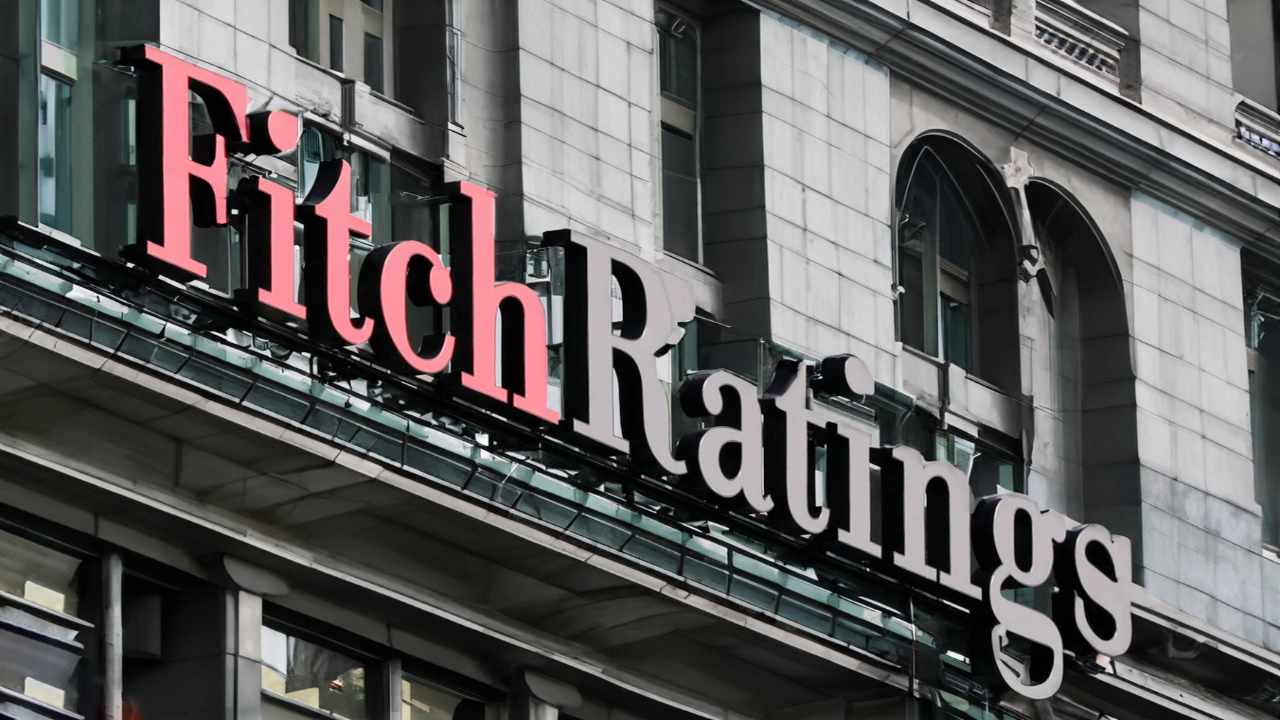

 Opinion3 years ago
Opinion3 years ago
 Entertainment8 years ago
Entertainment8 years ago
 Entertainment8 years ago
Entertainment8 years ago
 Fashion8 years ago
Fashion8 years ago
 Opinion4 years ago
Opinion4 years ago
 Entertainment8 years ago
Entertainment8 years ago
 Politics8 years ago
Politics8 years ago
 Entertainment8 years ago
Entertainment8 years ago












